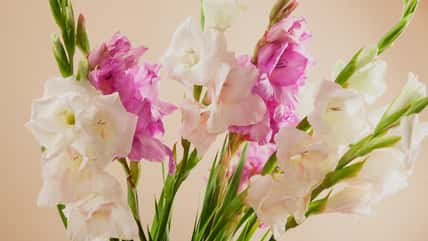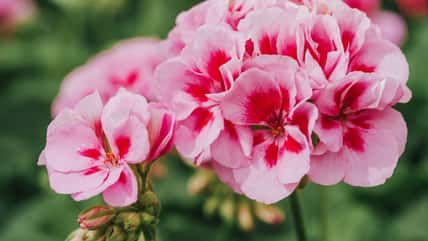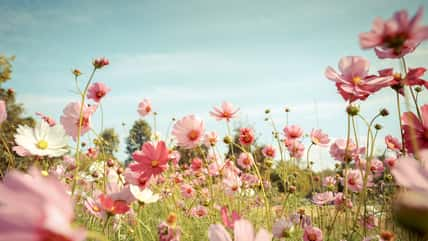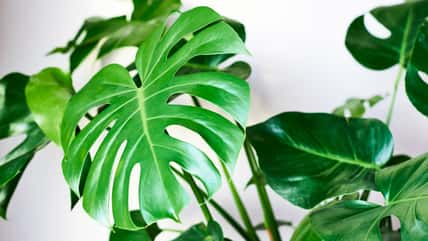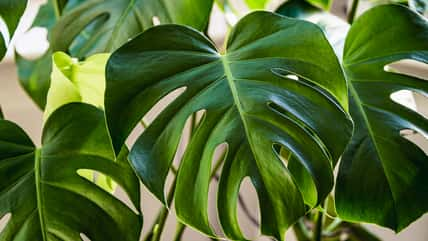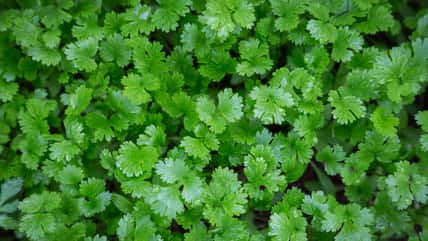Make Your Yard More Hummingbird-Friendly To Promote Pollination And Increase Pest Control On Your Property: Here’s How

Hummingbirds have a knack for captivating anyone who crosses their path with their lightning-fast movements and iridescent feathers.
But beyond their beauty, these birds also play a vital role in pollination – helping plants flourish and adding to the biodiversity of your garden.
So, creating a hummingbird-friendly yard is not only a delightful way to enhance your garden’s aesthetic but also a rewarding project that benefits the environment.
Here’s how to turn your outdoor space into a favored hangout for these winged wonders.
The Benefits Of Hummingbirds
First, we cannot understate just how beneficial hummingbirds are for your garden’s health.
As natural pollinators, they help fertilize flowers by transferring pollen as they feed on nectar. This process promotes plant reproduction and can lead to a more vibrant and diverse garden.
Plus, Hummingbirds help control insect populations since they occasionally feed on small insects and spiders – providing you with a natural form of pest management.
With all of these upsides in mind, creating a hummingbird-friendly yard is a no-brainer!

vaclav – stock.adobe.com – illustrative purposes only, not the actual hummingbird
Choosing The Right Plants
The most important step in curating a yard that’s attractive to hummingbirds is selecting the right plants.
Hummingbirds are particularly drawn to tubular flowers, which are perfect for their long beaks and tongues. So, you can consider incorporating a variety of native plants that bloom at different times throughout the growing season to provide a consistent nectar source.
Some popular choices include Trumpet Vine, a vigorous climber that produces flowers irresistible to hummingbirds, and Bee Balm, which is a hummingbird favorite that adds a splash of color and intrigue to your garden.
Salvias, which are available in various colors, are also excellent nectar sources that bloom repeatedly. Additionally, Columbine is perfect for attracting early-season hummingbirds since these delicate flowers bloom in early spring.
Providing Water Sources
Aside from nectar-rich flowers, hummingbirds also need water to thrive. You can install a shallow birdbath with a gentle mister or drip system in your yard, as hummingbirds are attracted to moving water.
The sight and sound of trickling water will draw them in, and they may even take a quick bath or drink on hot days.
Just make sure the water source is clean and fresh to maintain a healthy environment for all visiting birds.
Installing Feeders
You can also supplement natural nectar sources with hummingbird feeders, especially during times when flowers are scarce.
It’s best to choose feeders with bright red accents to catch the attention of hummingbirds. Simply fill them with a homemade nectar solution created by mixing four parts of water with one part of sugar.
However, avoid using commercial nectars that contain dyes or additives, and remember to clean the feeders regularly to prevent mold and bacteria growth – which can harm hummingbirds.
Creating A Safe Habitat
Last but not least, to make your yard more inviting and safe, minimize the use of pesticides and chemicals that could harm hummingbirds or their food sources.
Providing shelter with trees, shrubs, and dense plantings where hummingbirds can perch, rest, and hide from predators is helpful as well.
By creating layers of vegetation with varying heights, you can mimic their natural habitats – encouraging hummingbirds to stay longer and visit more frequently.
Sign up for Chip Chick’s newsletter and get stories like this delivered to your inbox.
More About:Gardening
